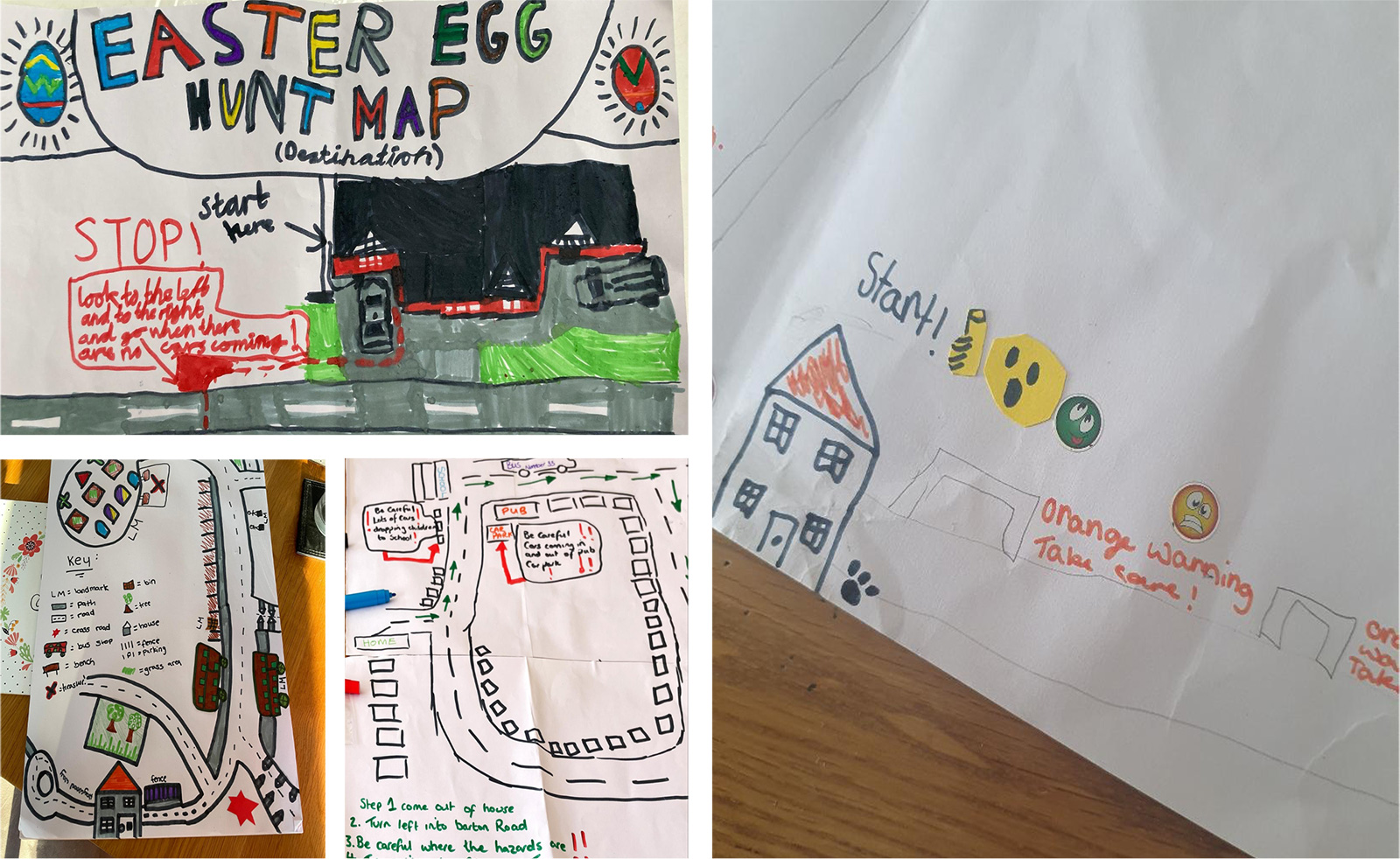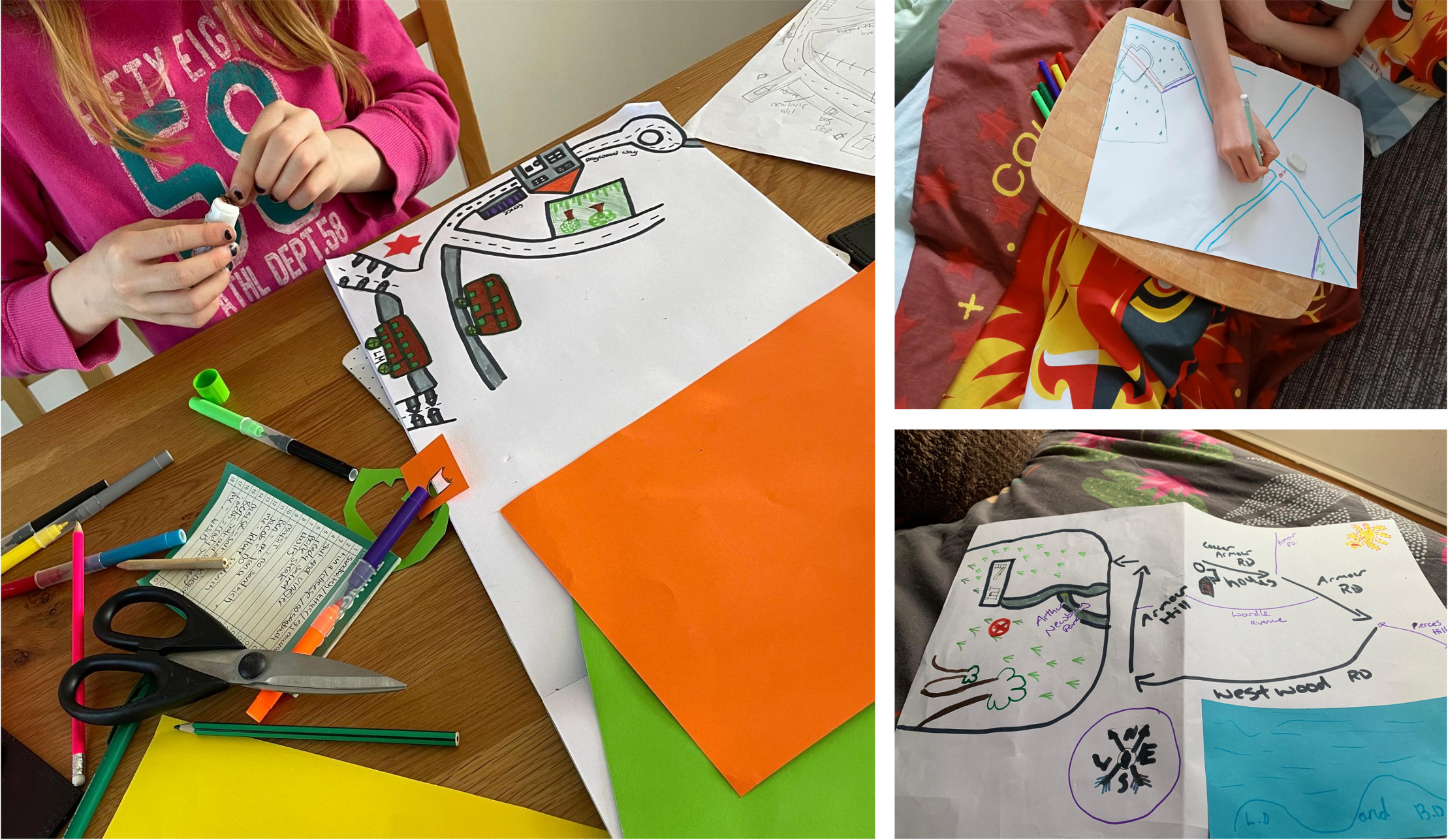Road Safety Quest: Understanding barriers to active travel
According to the UK Department of Transport’s (DfT) 2013 Report, children aged between 11 and 15 years-old account for 52% of child KSI (killed or seriously injured) road casualties. To mitigate these numbers, West Berkshire Council (WBC) intends to help children aged 10/11 years to gain knowledge and skills to undertake independent active travel in a safe, sustainable way.
When asked, children express they do want to actively travel independently. However, for most families living within a two-mile radius of their school, this is not the norm. WBC wanted to understand the behavioural drivers behind independent active travel uptake and thus, commissioned So-Mo to identify the facilitators and barriers.
In behavioural science, the difference between attitude and behaviour is called the intention-action gap. The decision of how and when 10/11-year-olds start travelling independently to school most likely sits with the parent/guardian, therefore, So-Mo engaged parents of Year 6 children from West Berkshire to uncover their insights and opinions about independent active travel.
Guided by the Behaviour Change Theory, So-Mo:
- designed an innovative digital ethnography project to explore the facilitators and barriers to independent active travel from the parent’s perspective.
- evaluated what needed to be addressed in an intervention with parents to encourage an earlier behavioural shift to independent active travel among 10/11-year-olds.
Methods
Together with the WBC, So-Mo identified three schools, The Willows Primary School, St Paul’s Catholic Primary School and Springfield Primary School, where a minority of children walked to school despite most living within a safe walkable distance. Eleven parents with their 10/11- year-old children were invited to participate.
So-Mo designed the online ethnography activities within a treasure hunt theme. With their child, parents planned and carried out a treasure hunt for their child’s younger sibling or friend.
The hunt was broken into discrete tasks, and at each stage, So-Mo captured the parent’s assessment of their child’s road safety knowledge, readiness for independent active travel, and the emotional experience of allowing their child greater independence. The families were encouraged to upload short videos and photos to illustrate their experiences, providing important context for parents’ views.
There was an additional, optional task for parents who had sufficient confidence, where the child walked a planned route alone.

Analysis
Using the Behavioural Model of Change and Self-Regulation Theory as a framework, quantitative and qualitative data were synthesised into themes. These themes were then converted into behavioural insights to identify where WBC could intervene with the parent to increase active independent travel among 10/11-year-old children.
- Intention-action gap: despite high intention (mean intention=8.5), only 3/10 of parents allowed their child to independently travel prior to this study.
- Confidence-anxiety matrix: although not all parents expressed worries about their child’s safety on or around roads, many parents reported some degree of anxiety when it came to their child travelling actively and independently. Reasons for anxiety centred around potential dangers such as road accidents, bullying and risks that occur rarely. Many parents worried that their child was not capable or ready to walk independently because of their age, gender, size, anxiety and road safety skills.
- Closing the intention-action gap: although many parents worried that their child was not capable enough or ready to walk independently, after completing the treasure hunt activities, their confidence in their child’s ability to walk the route they planned independently was high (mean score=8.2 out of 10).
- School-parent connection: many parents felt that the dialogue between them and the schools their children attend could be stronger when it comes to independent active travel. Some were aware of programmes such as Bikability, but most felt that they were not receiving enough information on what the schools were doing to promote and support independent active travel. Parents enjoyed being involved in the Road Safety Quest activity. Most wanted to see similar confidence and trust-building activities promoted by schools that they can complete together with their children.
At the end of the project, and despite their anxiety, 6/10 of parents completed the optional task and allowed their child to plan and walk a route unaccompanied.

Conclusion
Overall, participation in this project helped most parents to moderate their anxieties because they were able to assess their child’s road safety knowledge and the environment their child would have to travel independently. Furthermore, by working together with their child, they were able to build trust in their child’s abilities and road safety knowledge which, in turn, either prompted them to allow their child to travel independently or cued them to spend more time teaching their child road safety skills. All parents reported that this project was worth their time and that they would recommend other parents of Year 6 children to participate in a similar activity. Furthermore, many parents suggested that a similar activity should be a part of each school's curriculum.

“My confidence has grown as a parent in their safety; it challenged me to think differently; I thought this was beneficial and other parents should do it”
“We did things together as a family, the map reading for the younger sibling was really fun as well”
